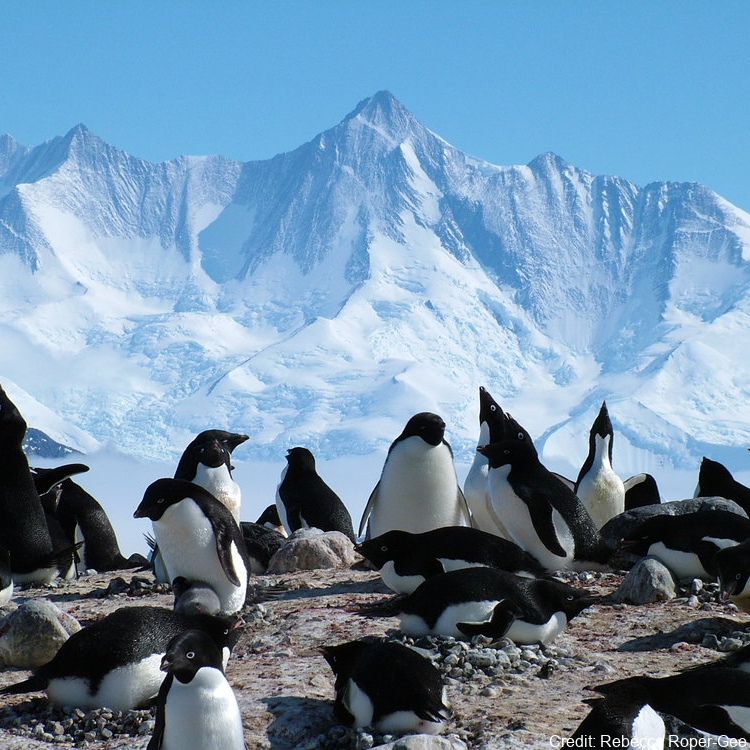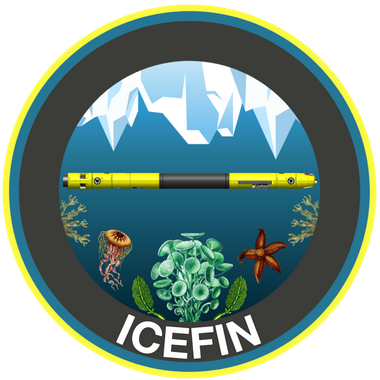U.S. Antarctic Program (USAP) Data Center
Type of resources
Topics
Keywords
Contact for the resource
Provided by
Years
Update frequencies
status
-

Polar regions are experiencing some of the most dramatic effects of climate change resulting in large-scale changes in sea ice cover. Despite this, there are relatively few long-term studies on polar species that evaluate the full scope of these effects. Over the last two decades, this team has conducted globally unique demographic studies of Adélie penguins in the Ross Sea, Antarctica, to explore several potential mechanisms for population change. This five-year project will use penguin-borne sensors to evaluate foraging conditions and behavior and environmental conditions on early life stages of Adélie penguins. Results will help to better understand population dynamics and how populations might respond to future environmental change. To promote STEM literacy, education and public outreach efforts will include multiple activities. The PenguinCam and PenguinScience.com website (impacts of >1 million hits per month and use by >300 classrooms/~10,000 students) will be continued. Each field season will also have ‘Live From the Penguins’ Skype calls to classes (~120/season). Classroom-ready activities that are aligned with Next Generation Science Standards will be developed with media products and science journal papers translated to grade 5-8 literacy level. The project will also train early career scientists, postdoctoral scholars, graduate students and post-graduate interns. Finally, in partnership with an Environmental Leadership Program, the team will host 2-year Roger Arliner Young Conservation Fellow, which is a program designed to increase opportunities for recent college graduates of color to learn about, engage with, and enter the environmental conservation sector. Further details are provided at: Morandini, V., Dugger, K. M., Schmidt, A. E., Varsani, A., Lescroël, A., Ballard, G., Lyver, P. O., Barton, K., & Ainley, D. G. (2024). Sex-specific recruitment rates contribute to male-biased sex ratio in Adélie penguins. Ecology and Evolution, 14, e10859. https://doi.org/10.1002/ece3.10859 GET DATA: https://doi.org/10.15784/601444
-

Contained in this folder are the raw and processed data files for data collected with the underwater robot Icefin in the ocean cavity beneath Ross Ice Shelf, near the grounding line of Kamb Ice Stream. Most of these data are located within a basal crevasse. They were collected in December 2019 as part of the Aotearoa New Zealand Antarctic Science Platform and Victoria University of Wellington Hot Water Drilling initiative, and the NASA RISEUP grant (NNX16AL07G, PI B. E. Schmidt). The code that converted raw data files to processed can be found at https://zenodo.org/record/8338529. Direct questions to Peter Washam at pwasham@cornell.edu. RELATED PUBLICATION: https://doi.org/10.1126/sciadv.adi7638 GET DATA: https://doi.org/10.15784/601733
-

This work was primarily funded by the NASA-funded RISE-UP: Ross Ice Shelf & Europa Underwater Probe (PI Britney E. Schmidt) project. Field work at the KIS-1 site during the 2019-2020 season was completed through international collaboration between NASA, NSF/USAP, and Antarctica New Zealand, funded by the Aotearoa New Zealand Antarctic Science Platform (ANTA1801) Antarctic Ice Dynamics Project (ASP02101), and the NZARI-funded Aotearoa New Zealand Ross Ice Shelf Programme, “Vulnerability of the Ross Ice Shelf in a Warming World” (grant no. 2014-11). The data contained in this directory are merged and calibrated data files from three missions conducted with ROV Icefin through a borehole drilled through Ross Ice Shelf at KIS1 (-82.78410, -155.26267), near the Kamb Ice Stream grounding zone. Missions were conducted in 2019 on December 16th, 18th, and 21st (UTC). For questions or assistance working with the data please contact Britney Schmidt (britneys@cornell.edu) and Justin Lawrence (jdl287@cornell.edu). Related Publication: https://doi.org/10.1038/s41561-023-01129-y GET DATA: https://doi.org/10.15784/601625
 GeoData.NZ
GeoData.NZ